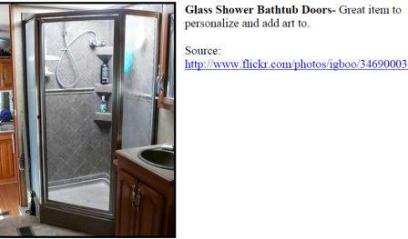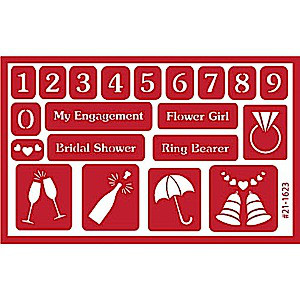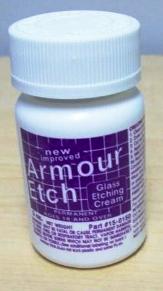
This is done to add privacy, reduce sunlight, or to just etch a logo while adding some class to a blank sheet.
I often get asked about the best way to etch these and if etching cream can be used.
Etching Cream on Large Glass
The first thing I would suggest is to not use the etching cream for shower glass projects nor any large projects. Etching cream isn’t known to do a good job on large surfaces because there can be inconsistencies. It can produce blotches and end up being a mess. Even more so, most large glass items like this can be expensive, so you don’t want to mess them up!
If you wanted to, you could test out the etching cream and sandblast over the cream etched area later if it looked poor.
This leads me to my next suggestion.
Sandblasting on Large Glass
Sandblasting is probably the best route to take which will provide a quality finish. You don’t want to carve it too deep though because shower glass is tempered. It can shatter if engraved too deep. If you don’t have a sandblaster, you might be able to find people that do it in your local area. I would call them up and have them do it.
Update: I have always said that even if you lightly etch in temper glass, it can still break in the future if it’s a large surface area and/ or is prone to a lot of stress or vibrations.
Many years ago I sandblasted my rear truck window lightly below the surface as shown here and it has never had problems thought. So just be mindful of how large the glass sheet is and how much stress it will receive.
Anyway, to get back to tips on sandblasting large glass; if you can’t or don’t want to remove the glass panel from a shower and are doing it yourself, you can get these on-site sandblasters to provide a dust-free sandblasting. Or check out my conversion kit to attach to your sandblaster. You can make these.
Other Options
You can also use hydrofluoric acid, but this is so dangerous that I barely get into discussing it much. The other option is to just use privacy frosting film which is sold in some sort of vinyl form with adhesive backing. This is obviously a less elegant option and may be prone to peeling in the future.
I hope that helps. If you have any questions or suggestions, leave a comment below.
Share this on social media or email by clicking below!




Nice blog and great information, which you have mentioned in your post.
I’M A LOT OF ETCHERS ARE NOT AWARE OF NOT BLASTING TO DEEP. YOU CAN END UP WITH A PILE OF SMALL PIECES. INFORM CLIENTS THAT EVEN IF YOU DON’T GO TO DEEP THE GLASS CAN STILL POP.
Great suggestions Clyde! I have always said that even if it is lightly etched in temper glass, that it can still break in the future if it’s a large surface area and/ or is prone to a lot of stress or vibrations.
This reminds me of some information that I will provide in the post. Many years ago I sandblasted my rear truck window lightly below the surface and has never had problems.
I have a 12 window 24″ wide x 96″ tall door. I want to turn the windows from clear to etched. The glass is not tempered. What would be the best way to do this. I’m a handy person and want to tackle this job my self but don’t want to spend a lot of money.
@Justin, if you don’t have the equipment, you could also use privacy film. They sell a vinyl that is translucent and looks like etched glass.
My parents are putting in a walk in shower but there is windows in there they want to leave but ha etched part way up. There is a beautiful view they still want to see without giving a view to someone outside. I don’t know if regular windows are tempered. Any advice or things we should be aware of?
I have done 5 – 48″ x 72″. (whatever a standard sliding door is) as the windbreak on my deck, I repurpose old sliding tempered glass doors single and double pane. So far no breakages and I’ve done about 14 of them.
It can get interesting when attempting to split the double. it can be done using a utility. I’ve been lucky and only have one panel that has shattered I put a tarp down before starting